Book Review: Platinotype: Making Photographs in Platinum and Palladium With The Contemporary Printing-Out Proceess
Platinotype: Making Photographs in Platinum and Palladium With The Contemporary Printing-Out Proceess. The title may be a mouthful but it tells you exactly what you're getting into with this book. This explanatory text from Routledge Press is the ninth in the extensive series of photographic manuals edited by Christina Z. Anderson (who we have previously talked to about her cyanotype book in the same series). Platinotype is a weighty tome, both in terms of its in-depth dive into the process as well as its physical scale. Weighing nearly 3 pounds it is a massive exploration of this historic printing method.
Photographer Pradip Malde and master chemist Dr. Mike Ware have had a nearly 40-year collaboration revolving around the platinum-palladium process. Dr. Ware's technical prowess and understanding of the chemical nature of photography is unparalleled. I like to think of him as the Sir John Herschel of our times, it is these scientific geniuses that have made the art of photography possible for the rest of us. If you've ever printed in cyanotype you can thank Herschel for inventing it, if you use the New Cyanotype formula you can thank Dr. Ware for redefining it. When Malde and Ware first met in the early 80s they were both frustrated and dissatisfied with the unpredictable results they were getting from the traditional platinum-palladium formula and spent the next few years breaking it down and, not necessarily reinventing it, but refining and redefining the process to suit their desires.
The book spells out everything one needs to understand and attempt their printing-out platinotype process (more on what that means in a minute) with entire chapters breaking down the various elements such as negatives and paper selection as well as step-by-step instructions on chemical preparation. For those of us that are more visually inclined there are also plenty of illustrative images to help us along through the preparative stages of learning the process and its variables. There is a staggering amount of information in the first half of the book but it everything is clearly and succinctly spelled out to make it as straightforward as possible for the reader. Additionally, the chapter on troubleshooting is a valuable resource for any platinum practitioner.
One of my favorite things about this series of books is the amount of space given to artists who are utilizing the given process. Throughout the beginning chapters, there are both contemporary and historic examples of platinum prints but the second half of the book is entirely given over to feature 40 photographers making this style of platinum print, including notes on their artistic process and their own advice to other practitioners. This makes for a book that is not simply a dry how-to manual, but also an inspirational look at what is possible to create using the process. Pick your copy up HERE after reading my short interview with author Pradip Malde.
INTERVIEW
Rachel Malde, Foundation. Blue Mountains, 2014. Platinum-palladium print on Revere Platinum paper, from PiezoDN negative of full frame digital original, 19.5 x 29.5 cm. Courtesy Rachel Malde.
Niniane Kelley: What was the impetus for you and Dr. Ware to reinvent, as it were, the platinum process?
Pradip Malde: Both Mike and I were frustrated by the traditional recipes not being predictable. I came at it as an artist who wanted a consistent practice and Mike came at it as a chemist. If he found something that didn't work he wanted to know what was going on chemically. We both found that the potassium based formulae, the developing-out processes, were largely inefficient. They required a lot of fiddling to get the right contrast range, and making contrast adjustments to the formula could make the image look coarse. Looking at the prints from the 19th century, the best platinum prints were so soft and so smooth that you could lose yourself in the paper, and I wasn't getting that with the potassium-based prints I was making. About two months into our collaboration I remember Mike saying, “You know, if only we could get more platinum into the paper...” and, being the brilliant chemist that he is, he went “Hmmmm...ammonium salts!” and before I knew it he had put together a whole new formulation.
Sara Silks, Family Tree, 2019. Platinum-palladium print on Revere Platinum paper, from PiezoDN negative of full frame digital original, 20.3 x 16.5 cm. Courtesy Sara Silks.
Pradip Malde, Julia Ivan, a retired ngariba, young Sarah Christoms reaching out to her mother, Rose Petro, and Raheli Msagala, a retired ngariba and AFNET activist, all of whom reject the practice of female genital cutting, near Kongwa, Tanzania, 2017. Platinum-palladium print on Reich CT 24#, from digitized 8 x 10 inch original, 24.5 x 19.5 cm.
NK: What exactly is the difference between what we might consider the traditional formula and what you cover in the book?
PM: The traditional process is a development process, the image partiality appears during exposure but you have to develop it, reduce the salts into pure metals to allow the image to completely form. The process that Mike and I took further, which had already been invented back in the 1880s, is a printing-out process, which means that the metals precipitate out and bond to the paper during exposure. You can inspect the image during exposure and then it's just a matter of clearing out the unexposed salts. That's the key difference. There are other printing-out processes that use platinum and palladium but this method differs from them in that all of the salts used in preparing the solution are ammonium-based. They are much more water-soluble which means we can put much more platinum and palladium salts into our coating and there's no need to do a double coat. And because of the printing-out, you also have a self-masking effect going on as well so it's actually very hard to lose your shadow details.
Another difference between the ammonium and potassium systems is that the chemicals used for clearing this system are very benign. Their raw ingredients are found in everything from shampoo to preservatives in jam jars, and it's ok to put these into a septic system as well.
I'm not saying that this is a better process, it's just different, and it suits me a lot.
Pradip Malde, Trees, Shadow, Fog, Sewanee, Tennessee, 2007. Platinum-palladium print on Wyndstone Vellum, from original 11 x 14 inch negative, 27 x 34 cm. Courtesy Pradip Malde.
NK: This is an enormous book and nearly half of it is focused on artists using your platinotype process. It's really inspiring to see all the various styles and artistic results people are able to achieve with the same basic method.
PM: We felt that was really important because there seemed no better way to demonstrate the range of imagery that can be made with a process such as this, as well as too show the range of qualitative differences, from very warm to very cool, on translucent paper or not, and so on. When I first started printing in platinum that was the greatest lack in my work, I desperately wanted to see good reproductions of platinum palladium prints and they were hard to find.
NK: The artists you feature are mostly contemporary, but there are also images which you have printed by Imogen Cunningham, one of the great photographers of the early 20th century, as well as her son Rondal Partridge. How did that come about?
PM: I've had a very long relationship with the Imogen Cunningham Trust making platinum prints of Imogen's work. I began to work for the trust in 1985 and collaborated with Ron for about 10 years. They had seen my platinum prints in Scotland and had asked me to come meet with them in Berkeley, and that was my first trip to the United States. Ron and Elizabeth Partridge were so generous and trusting with me, they were like family. Ron was such a character. He took it upon himself that he was going to train me and guide me and I was too arrogant to say, “Yes, I will be your acolyte Ron, I will be trained and be guided by you,” so we clashed all the time. But we loved each other all the time, too. It was just amazing. I learned so much from him.
When I started writing this book I called up Meg. (Ron's daughter and manager of both the Imogen Cunningham Trust and Rondal Partridge Archive) She and her partner Craig Withrow were looking for an excuse to visit from the west coast, so I said “Come on over!” They brought a bunch of scans and some negatives and we spent the week making prints together. They left the negatives with me and I fine tuned the prints and they gave me permission to put them in the book.
Mike Ware, Rackwick, Hoy, Orkney, 1984. Palladium print on Fabriano 5, from enlarged copy negative (Kodak SO 015) of 6 x 9 cm. original, ca. 19 x 24 cm. Courtesy Pradip Malde
NK: The amount of work and the attention to detail that has gone into this book is really impressive.
PM: The book was a result of almost 40 years of work. We set out, from day one, to know the process and not to keep it from anybody, we really wanted to share it. We have kept doing that for all this time, through our workshops and our own little hand bound workshop manual so I'm really grateful to Routledge and Christina Anderson for bringing this opportunity to us. Mike has been amazing throughout, this could not have happened without him. It took me a year of intense writing to get the book done and Mike was there ever day, crossing every t and dotting every i and making sure I said the right thing chemically. And then there's this amazing community of people who have been quietly working away in the process. When we made a call for work I thought, “nobody's really using it, most people do the development process,” and we got flooded by amazing submissions. I am so grateful for all of these wonderful people who gave this book the kind of weight that it has.
GALLERY
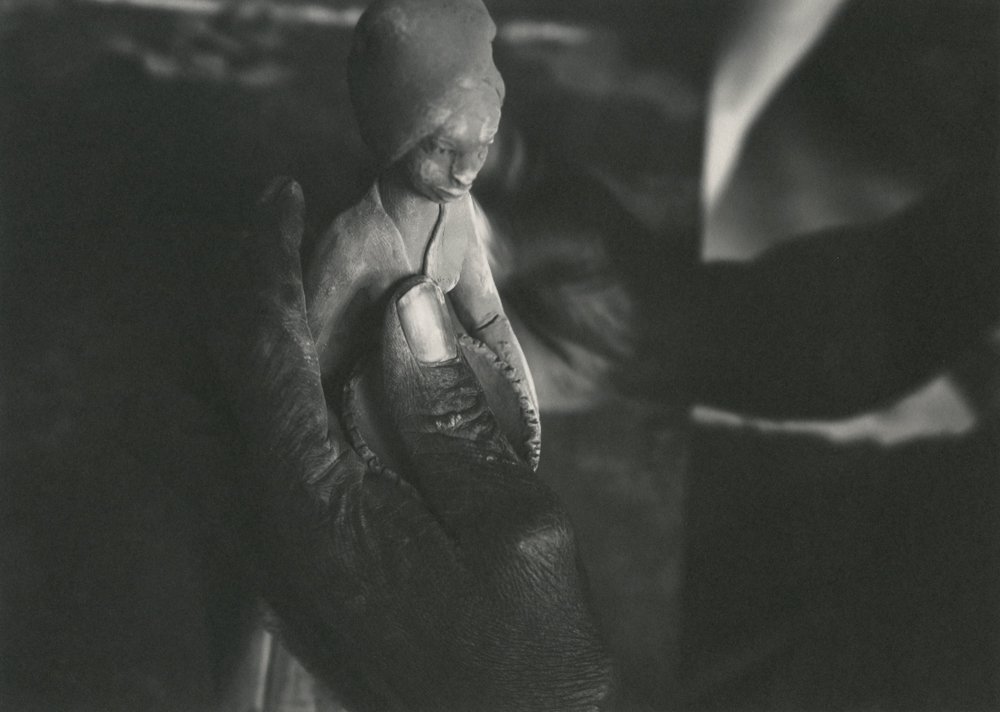
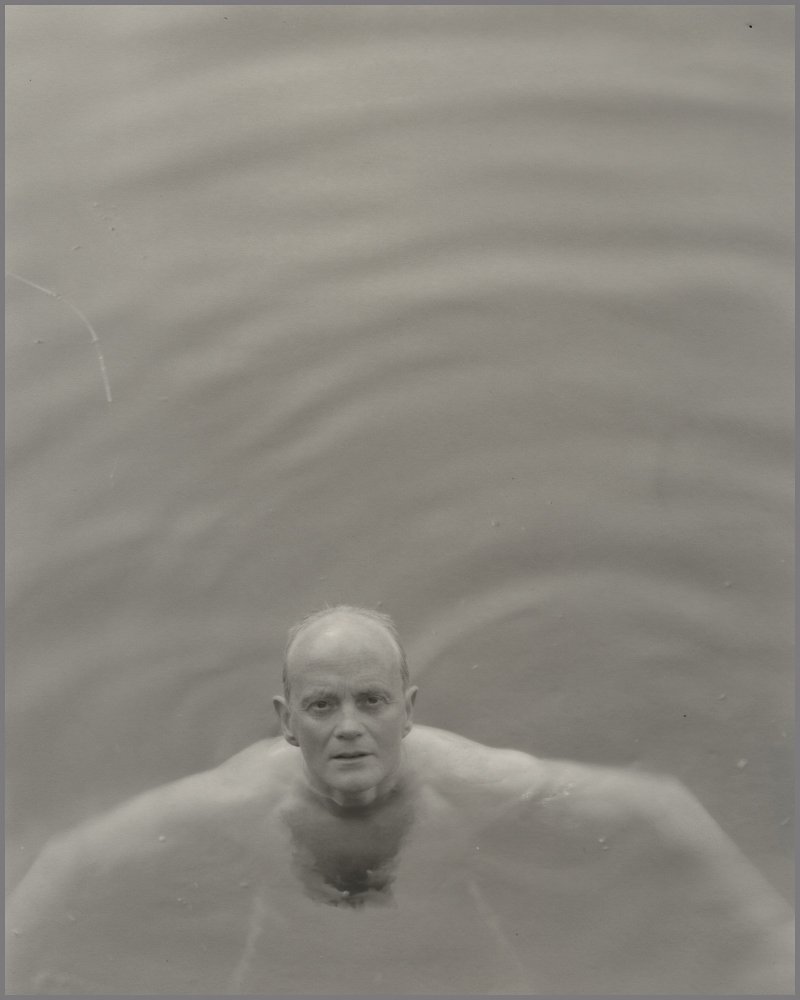
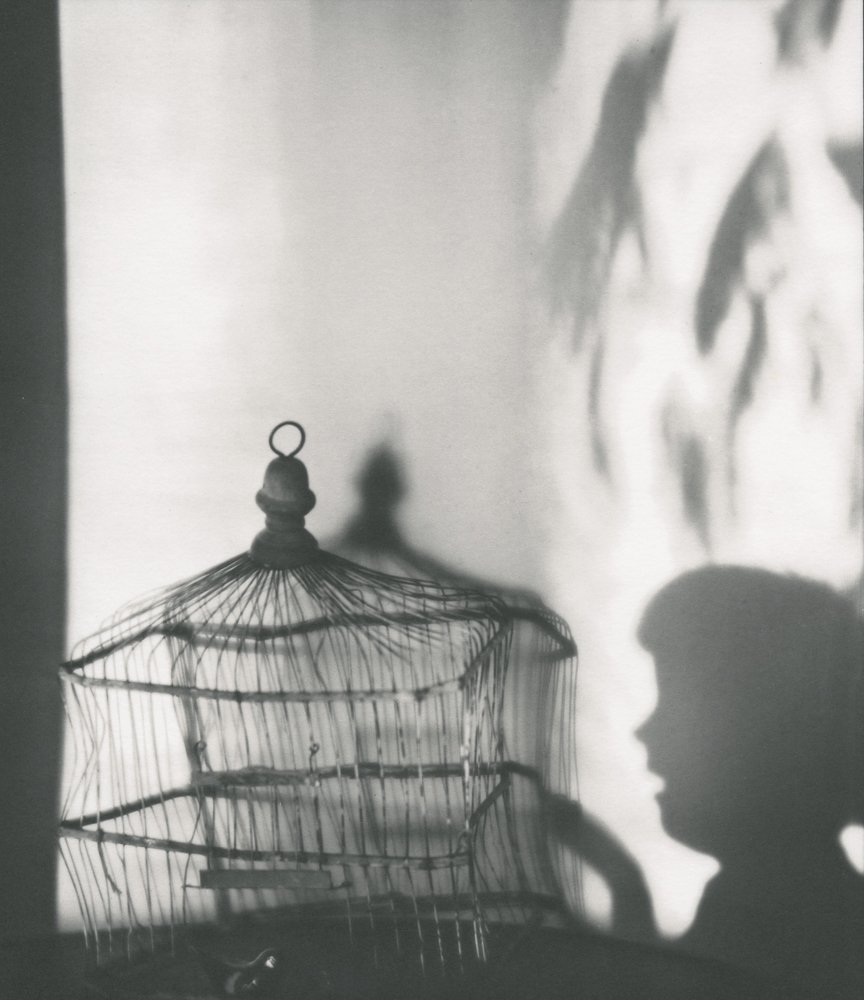
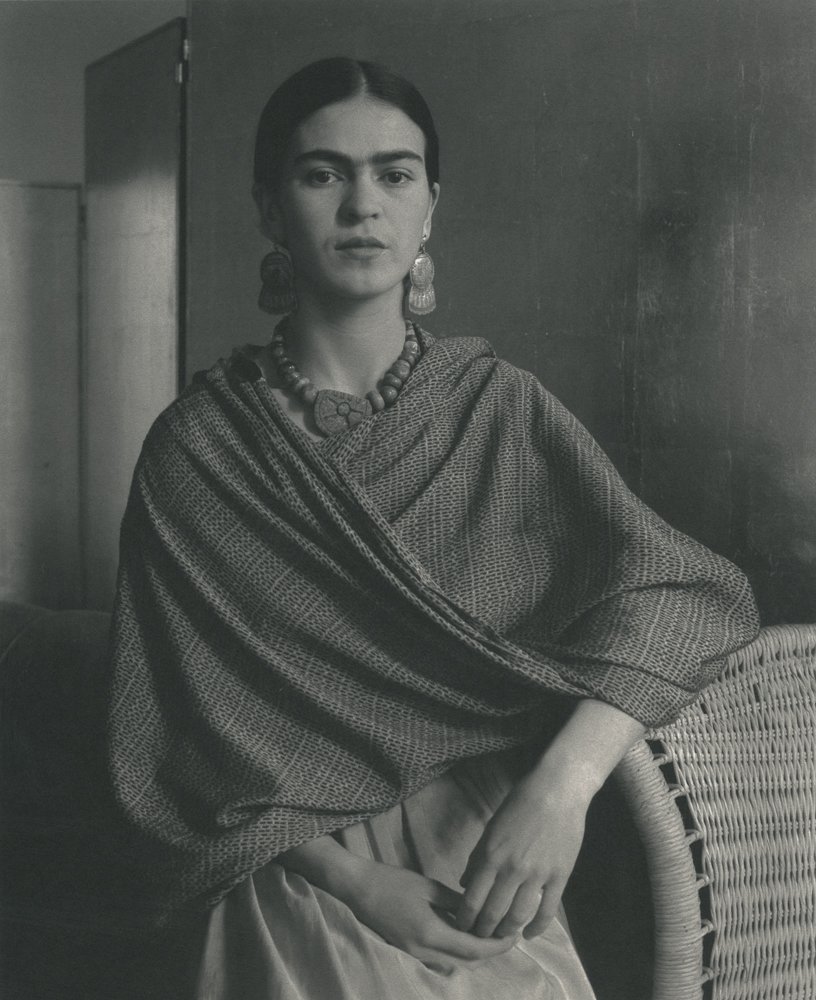
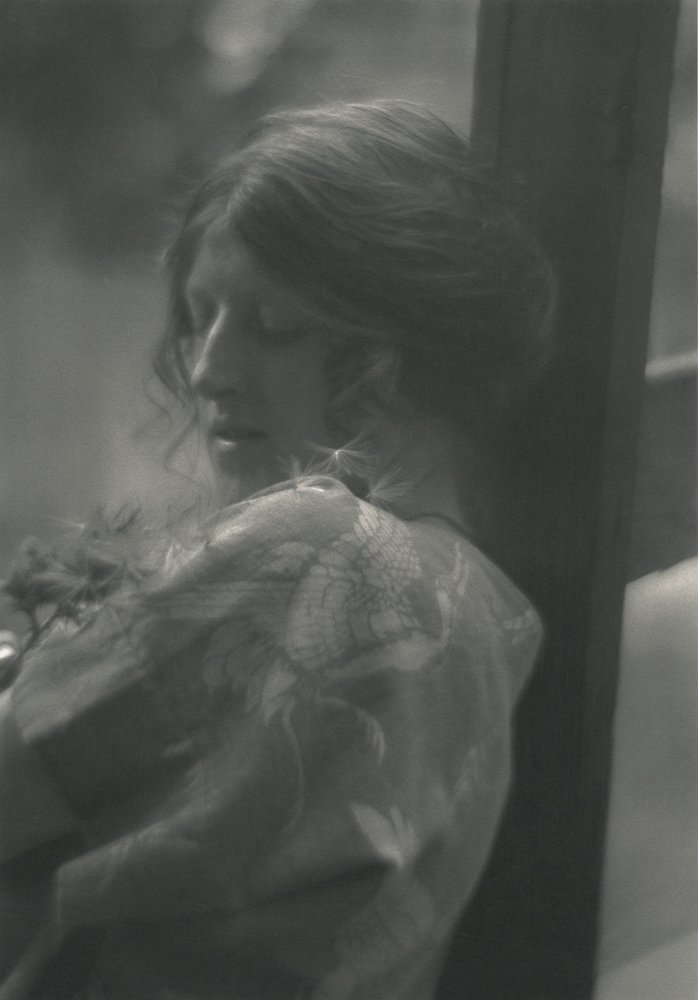
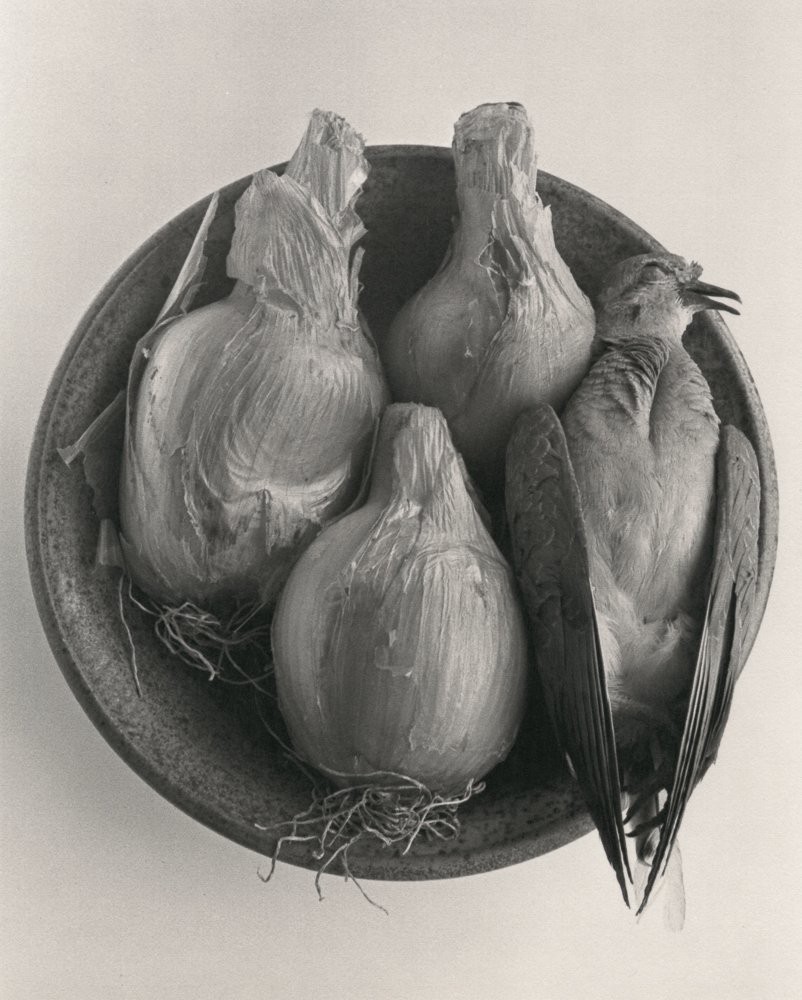
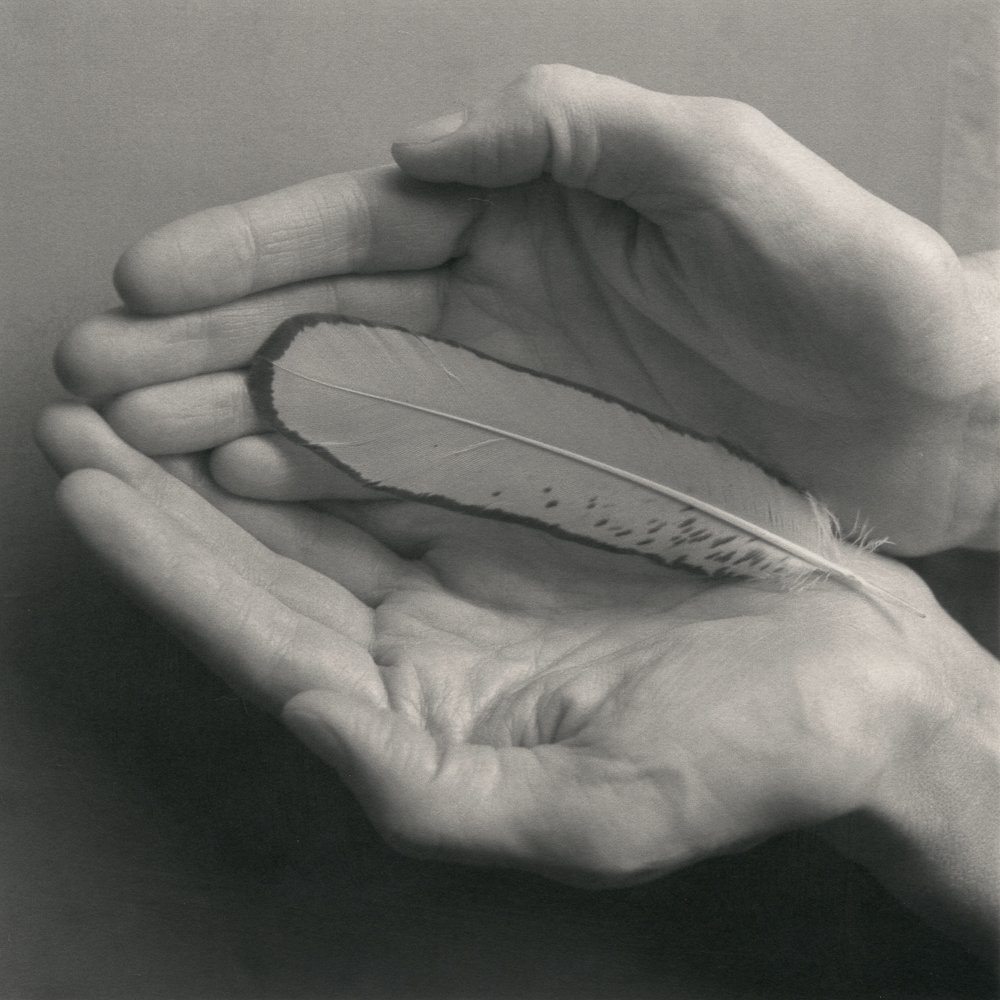
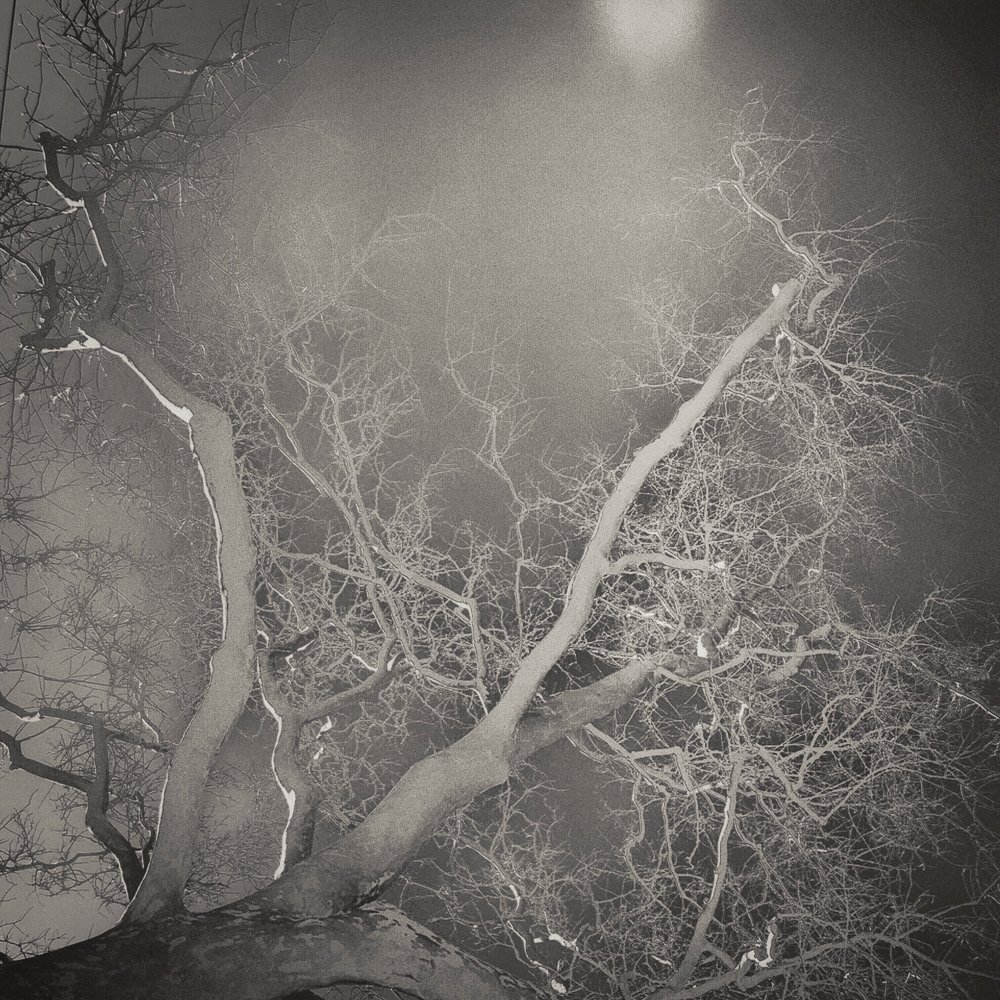
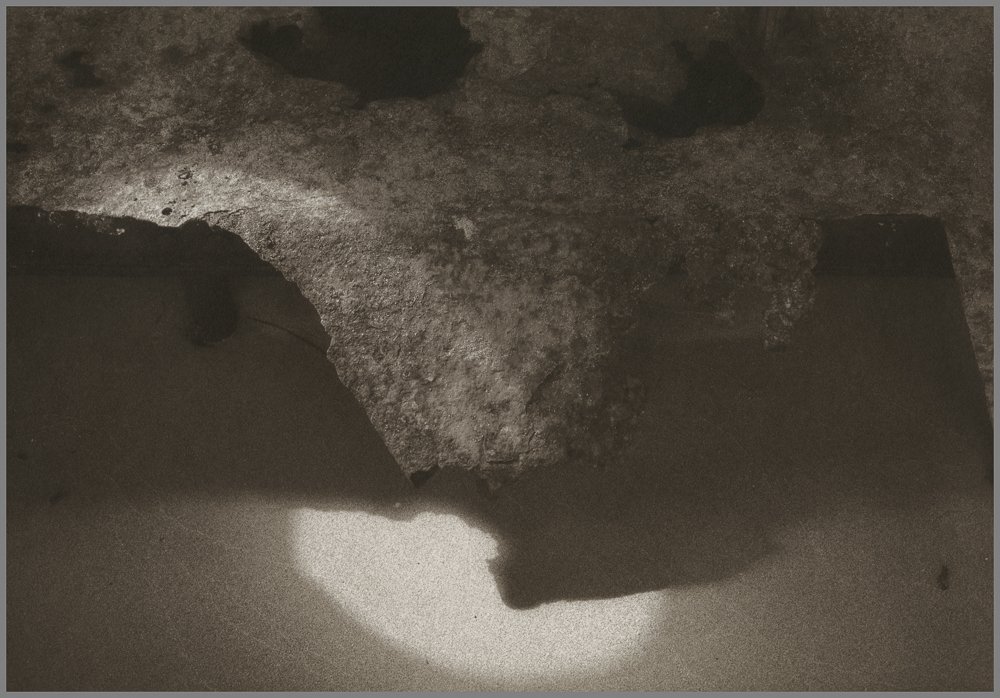
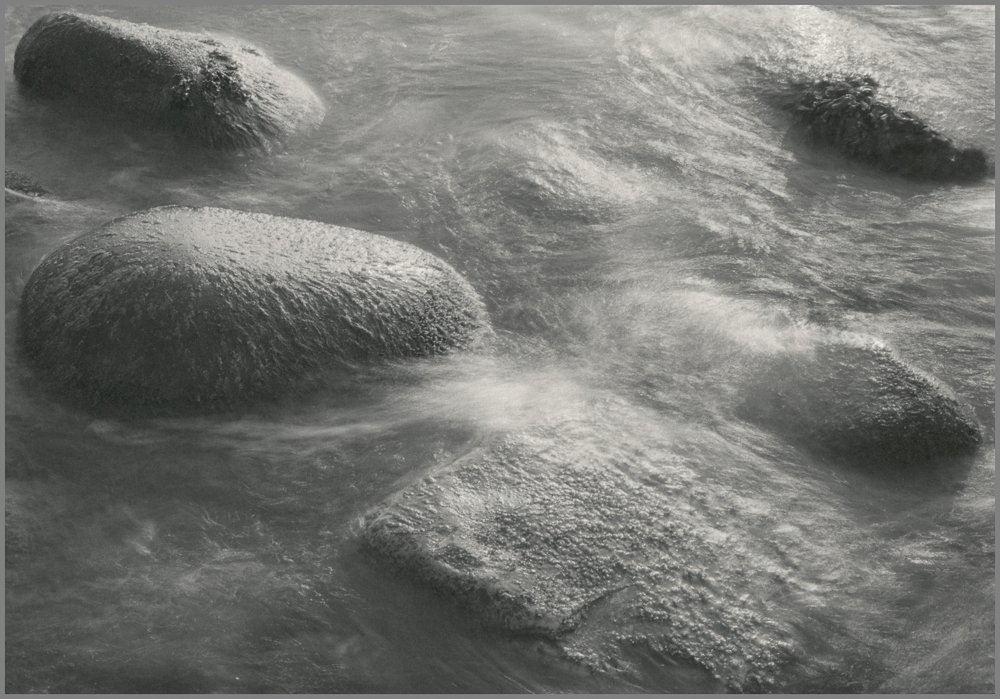
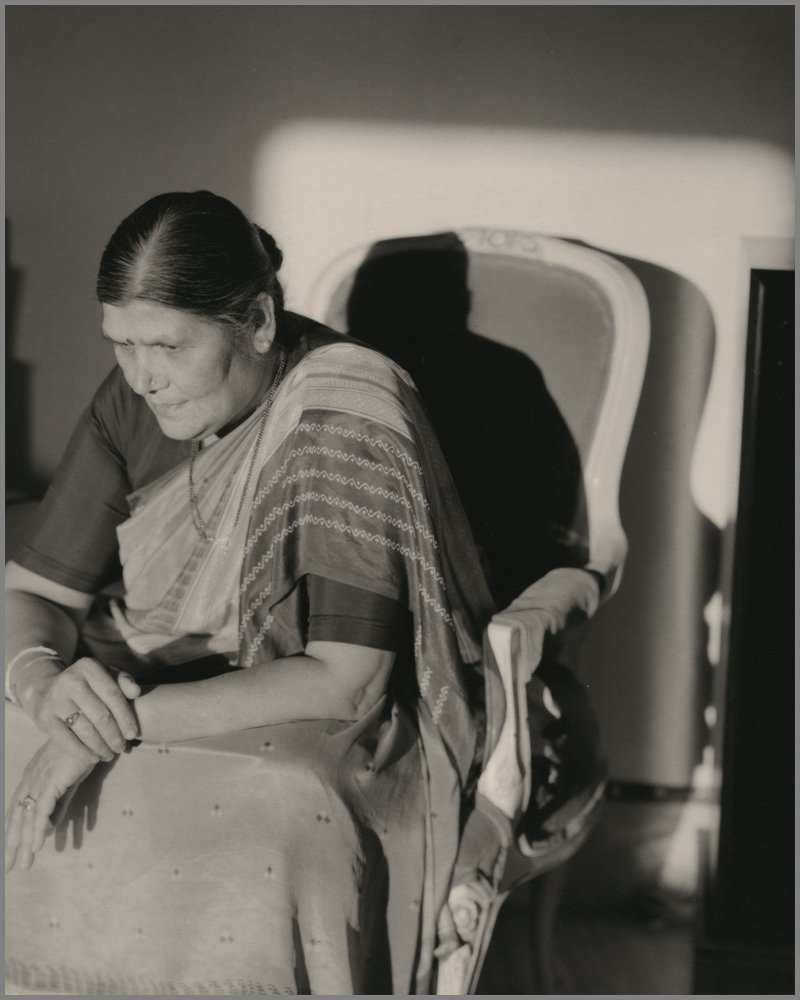
ABOUT THE AUTHOR
Niniane Kelley is a fine art photographer living and working in San Francisco and Lake County, California. A native of the Bay Area, she is a San Jose State University graduate, earning a BFA in Photography in 2008.
Drawn to photography for both the immediacy of the image making process and the intrinsic alchemy of the darkroom ritual, she crafts the majority of her imagery using traditional 19th century processes which give each piece its own unique character.
She teaches workshops in the Bay Area and surrounding environs. She most recently worked as a photographer and manager at San Francisco’s tintype portrait studio, Photobooth.
Connect with Niniane Kelley on her Website and on Instagram!







These images are the AF Team's curation of the most stand-out must-see images produced in 2024. From career photographers to amateur hobbyists, these scenes and portraits made a huge impact this year!